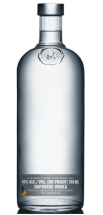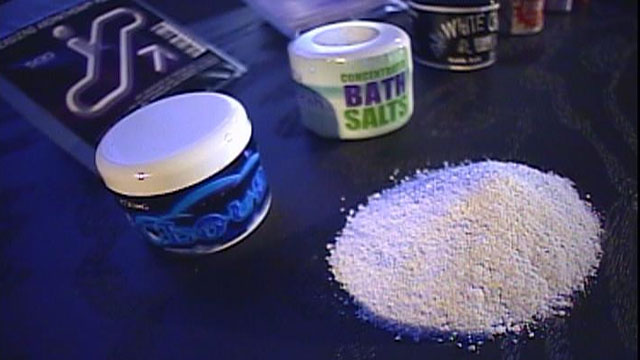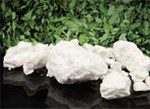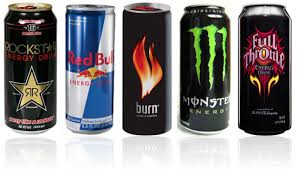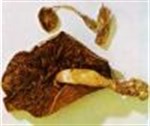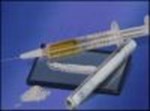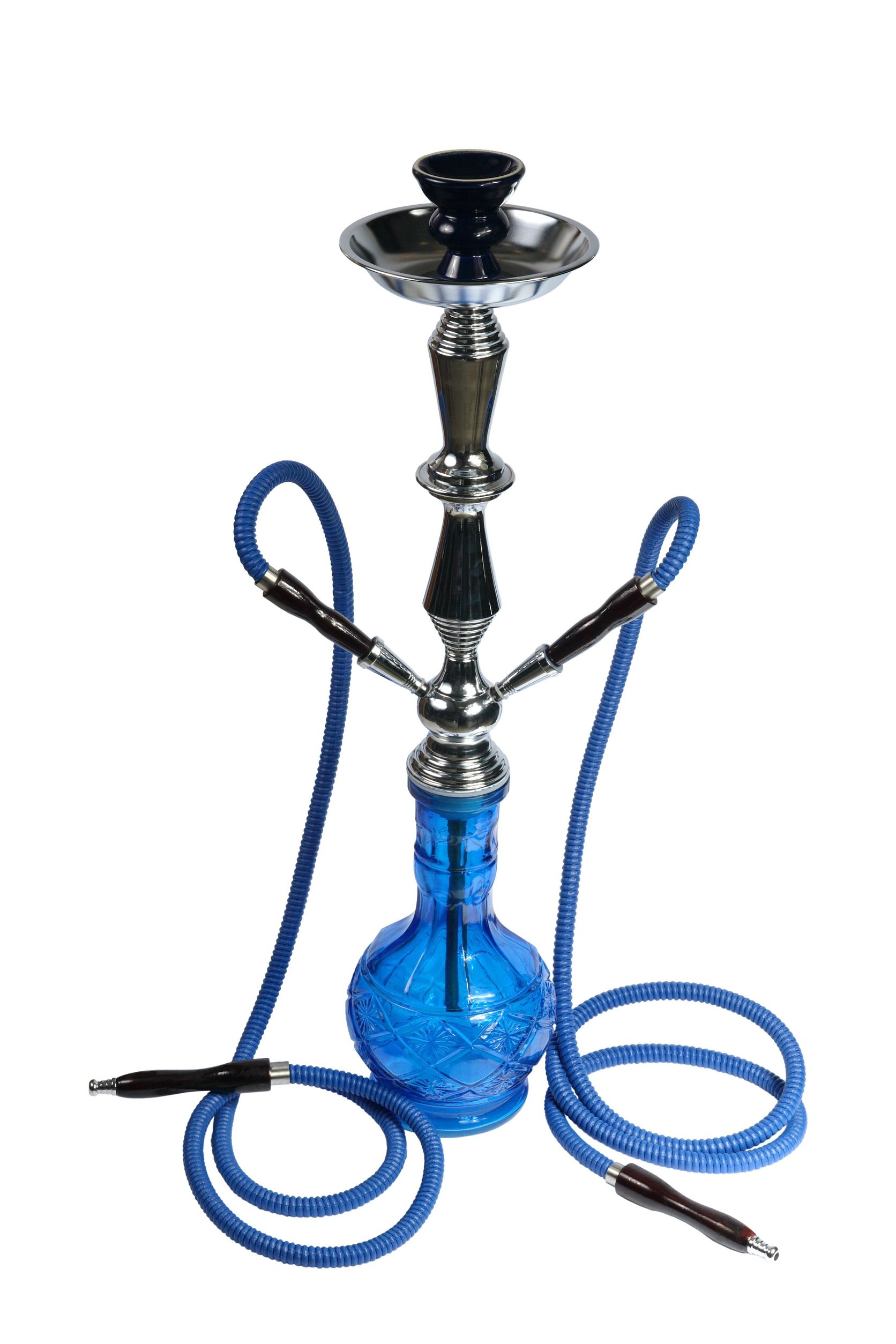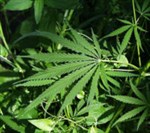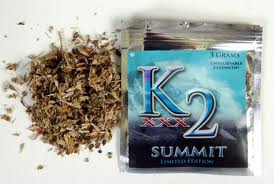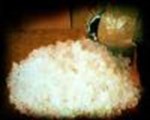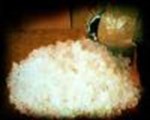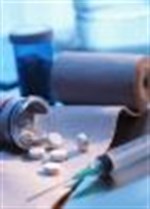Alcohol and Drug Awareness
Lincoln University Police Department
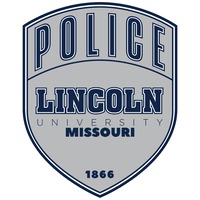
Alcohol and Drug Awareness
The Lincoln University Police Department works in partnerships with various groups on campus to provide information that empowers students to make safer and healthier lifestyle choices in the areas of alcohol and drug use. Lincoln University also provides counseling services located at the Student Health Services center. Student Health, Residential Life, and Student Activities also sponsor various Drug & Alcohol Abuse Education programs throughout the year.
- Click Here for the Drug and Alcohol Policy Certification
Other Links:
- Missouri Department of Mental Health's Divsion of Behavioral Health (DBH)
- National Institute on Drug Abuse
- National Institute on Alcohol Abuse and Alcoholism
- CDC Alcohol and Public Health
Drug and Alcohol Processes and Procedures
Background
On December 12, 1989, President Bush signed the Drug-Free Schools and Communities Act Amendments of 1989 (Amendments) Public Law 101-226 Section 22 amends provisions for the Drug-Free Schools and Communities Act of 1986 and the Higher Education Act of 1965 to require that, as a condition of receiving funds or any other form of financial assistance under any federal program after Oct. 1, 1990, a university or college must submit certification that it has adopted and implemented a drug prevention program to prevent the unlawful possession, use, or distribution of illicit drugs and alcohol by students and employees (See 20 USC 1011i & 34 CFR 86 for more info).
Lincoln University has developed and adopted the drug and alcohol awareness/prevention program described herein pursuant to the requirements set forth in the Drug-Free Schools and Communities Act. As set forth in 34 CFR 86.100, Lincoln University is required to provide at a minimum, an annual distribution of the Drug and Alcohol Policy in writing to each employee and student that must contain the following:
- Standards of conduct that clearly prohibit, at a minimum, the unlawful possession, use, or distribution of illicit drugs and alcohol by employees and students on its property or as part of its activities;
- A description of applicable legal sanctions under local, state, or federal law for the unlawful possession or distribution of illicit drugs and alcohol;
- A description of health risks associated with the use of illicit drugs and the abuse of alcohol;
- A description of available drug or alcohol counseling, treatment, or rehabilitation or re-entry programs;
- A clear statement of the disciplinary sanctions that Lincoln University will impose on employees and students and a description of termination of employment and referral for prosecution for the unlawful possession, use, or distribution of illicit drugs and alcohol. Disciplinary sanctions may also include completing an appropriate rehabilitation program; and
- A statement on implementation of a biennial review by Lincoln University of its program to determine the effectiveness, implement needed changes, and ensure that disciplinary sanctions are consistently enforced.
Revised: July 2018
- Designate a sober driver.
- Don't drink on an empty stomach. Eat foods high in protein and fat, such as cheese or nuts.
- Set a limit and stick to it!
- Avoid beer bongs, chugging, and drinking games.
- Know when you've had enough.
- Alternate alcoholic beverages with water, and be sure to drink plenty of water to keep your body hydrated.
- Never drink when you're hungry, angry, lonely, or tired.
- Pace yourself. Drink slower and eat in between alcohol drinks. It takes the body 60-90 minutes to fully feel
- the effects of alcohol on a full stomach.
- Know the symptoms of alcohol poisoning.
- Never leave your drinks unattended or accept an open beverage from anyone.
Learn about the alcohol content of wine, beer, and liquor to help you and your friends drink responsibly. Please familiarize yourself with the alcohol percentages of your favorite drinks, both for your safety and your highway companions.
In the United States, a "standard" drink is any drink that contains about 0.6 fluid ounces or 14 grams of "pure" alcohol. Although the drinks below are different sizes, each contains approximately the same amount of alcohol and counts as a single standard drink (standard sizes are listed in fl oz).
How Strong is Your Drink of Choice?
Below are typical ranges of alcohol percentages by volume (ABV) of some common types of drinks. See the proceeding section for more on how the strength of different alcoholic beverages can be measured:
| Typical Ranges of Alcohol Percentages | |
|---|---|
|
Beers (3-10%) 12 fl oz. Stout 5-10% |
Wines (8-14%) 5fl oz. |
|
Fortified Wines (16–22%) 3.4fl oz. |
Spirits (20-70%) 1.5 fl oz |
|
Other Drinks 12 fl oz. |
|
Blood Alcohol Content (BAC)
In Missouri, you can get a DWI if you drive with a blood alcohol concentration (BAC) of 0.08% or higher, regardless of whether your driving ability was actually impaired. The law in Missouri also says that if you are driving a vehicle, you have given consent to submit to a chemical test for the purpose of determining the amount of alcohol in your blood. If you refuse to take a test there consequences that will follow that could result in the suspension of your license for one year ( 577.041 RSMo.).
In Missouri, the maximum blood alcohol content (BAC) for drivers who are under 21 (considered minors under some drinking and driving laws) is 0.02%. Penalties include suspension of license 90 days (first offense); 1 year (any subsequent offense).
More information on laws, penalties and fines in reference to Driving While Intoxicated (DWI)
| Alcohol Effects by BAC Level | |
|---|---|
|
0.01-0.05 |
Average individual appears normal |
|
0.03-0.12 |
Mild euphoria, talkativeness, decreased inhibitions, decreased attention, impaired judgment, increased reaction time |
|
0.09-0.25 |
Emotional instability, loss of critical judgment, impairment of memory and comprehension, decreased sensory response, mild muscular incoordination |
|
0.18-0.30 |
Confusion, dizziness, exaggerated emotions (anger, fear, grief) impaired visual perception, decreased pain sensation, impaired balance, staggering gait, slurred speech, moderate muscular incoordination |
|
0.27-0.40 |
Apathy, impaired consciousness, stupor, significantly decreased response to stimulation, severe muscular incoordination, inability to stand or walk, vomiting, incontinence of urine and feces |
|
0.35-0.50 |
Unconsciousness, depressed or abolished reflexes, abnormal body temperature, coma; possible death from respiratory paralysis |
- Men who have committed sexual assault also frequently report getting their female companion drunk as a way of making it easier to talk or force her into having sex. (Abbey, A., McAuslan, P. & Ross, L. Sexual Assault Perpetration by College Men: The Role of Alcohol, Misperception of Sexual Intent, and Sexual Beliefs and Experiences. Journal of Social and Clinical Psychology, 17, 167-195. 1998.)
- Although the media has labeled drugs such as Rohypnol and GHB as the date-rape drugs of the present, these are only two of the many drugs used to incapacitate a victim. Of the 22 substances used in drug-facilitated rapes, alcohol is the most common. (LeBeau, M., et al., Recommendations for Toxicological Investigations of Drug Facilitated Sexual Assaults, Journal of Forensic Sciences. 1999.)
- Alcohol is many times a common factor in most cases of dating violence. Of campus sexual assaults, 75% involved the consumption of alcohol by the victim and/or the perpetrator. (Caponera, 1998)
- Of those involved in acquaintance rape, 75% of men and 55% of women had been drinking or taking drugs prior to the incident. (Caponera, B, 1998)
- In 55% of campus sexual assaults, the offender and/or victim were drinking or using drugs ("The Rape Victim: Clinical and Community Interventions," Sage Library of Social Research, 1991)
- At least 80% of college students who had unwanted sex were under the influence of alcohol. (Core Institute, University of Southern Illinois, 1995)
- Men are more likely than women to assume that a woman who drinks alcohol on a date is a willing sex partner. Of men who think this way, 40% also believe it is acceptable to force sex on an intoxicated woman.(Journal of American College Health, 1991)
- Of college women in Virginia who were raped, 47% believe they were unable to effectively resist as a result of their own alcohol use. (State Council of Higher Education for Virginia, 1995)
Other Facts
- Assailants use many forms of coercion, threats and manipulation to rape including alcohol and drugs. Alcohol, Rohypnol and other drugs are often used to incapacitate victims.
- Alcohol impairs judgment and lowers inhibitions, making some people more likely to force sex on an unwilling partner.
- Alcohol slows reflexes and can impair the victim's ability to recognize a potentially dangerous situation.
- Under the influence of alcohol, men are more likely to interpret a woman's smile, laughter, clothes or body language as evidence that she wants to have sex.
- Sexual assault is a crime of violence: Alcohol never justifies violent, criminal behavior. Intoxication can never be used as a defense for someone who commits a sexual assault.
More Info on Research and Studies about Alcohol Use at Colleges & Universities
Facts About Alcohol Poisoning
Excessive drinking can be hazardous to everyone's health! It can be particularly stressful if you are the sober one taking care of your drunk roommate, who is vomiting while you are trying to study for an exam.
Some people laugh at the behavior of others who are drunk. Some think it's even funnier when they pass out. But there is nothing funny about the aspiration of vomit leading to asphyxiation or the poisoning of the respiratory center in the brain, both of which can result in death.
Do you know about the dangers of alcohol poisoning? When should you seek professional help for a friend? Sadly enough, too many college students say they wish they would have sought medical treatment for a friend. Many end up feeling responsible for alcohol-related tragedies that could have easily been prevented.
Common myths about sobering up include drinking black coffee, taking a cold bath or shower, sleeping it off, or walking it off. But these are just myths, and they don't work.
The only thing that reverses the effects of alcohol is time-something you may not have if you are suffering from alcohol poisoning. And many different factors affect the level of intoxication of an individual, so it's difficult to gauge exactly how much is too much (BAC calculators).
What Happens to Your Body When You Get Alcohol Poisoning?
Alcohol depresses nerves that control involuntary actions such as breathing and the gag reflex (which prevents choking). A fatal dose of alcohol will eventually stop these functions. It is common for someone who drank excessive alcohol to vomit since alcohol is an irritant to the stomach. There is then the danger of choking on vomit, which could cause death by asphyxiation in a person who is not conscious because of intoxication.
You should also know that a person's blood alcohol concentration (BAC) can continue to rise even while he or she is passed out. Even after a person stops drinking, alcohol in the stomach and intestine continues to enter the bloodstream and circulate throughout the body. It is dangerous to assume the person will be fine by sleeping it off.
Critical Signs for Alcohol Poisoning
• Mental confusion, stupor, coma, or person cannot be roused.
• Vomiting.
• Seizures.
• Slow breathing (fewer than eight breaths per minute).
• Irregular breathing (10 seconds or more between breaths).
• Hypothermia (low body temperature), bluish skin color, paleness.
What Should I Do If I Suspect Someone Has Alcohol Poisoning?
• Know the danger signals.
• Do not wait for all symptoms to be present.
• Be aware that a person who has passed out may die.
• If there is any suspicion of an alcohol overdose, call 911 for help. Don't try to
guess the level of drunkenness.
What Can Happen to Someone With Alcohol Poisoning That Goes Untreated?
• Victim chokes on his or her own vomit.
• Breathing slows, becomes irregular, or stops.
• Heart beats irregularly or stops.
• Hypothermia (low body temperature).
• Hypoglycemia (too little blood sugar) leads to seizures.
• Untreated severe dehydration from vomiting can cause seizures, permanent brain damage, or death.
Even if the victim lives, an alcohol overdose can lead to irreversible brain damage.
Rapid binge drinking (which often happens on a bet or a dare) is especially dangerous because the victim can ingest a fatal dose before becoming unconscious.
Don't be afraid to seek medical help for a friend who has had too much to drink. Don't worry that your friend may become angry or embarrassed-remember, you cared enough to help. Always be safe, not sorry.
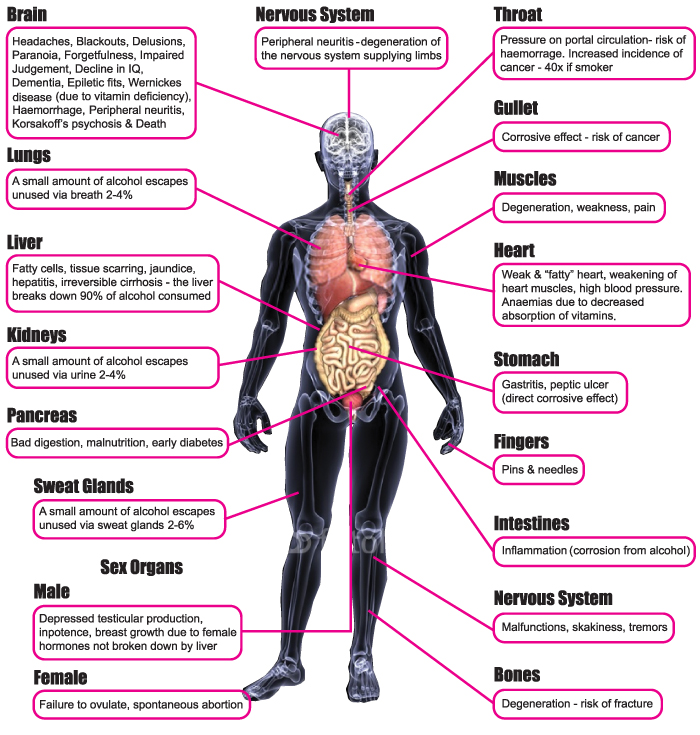
| Drugs Awareness Information Links | |
|---|---|
|
Bath Salts
|
Caffeine
|
|
Cocaine
|
Energy Drinks
|
|
Hallucinogens
|
Heroin
|
|
Hookah/Waterpipe
|
Inhalants
|
|
Marijuana
|
Synthetic Marijuana:
|
|
MDMA/Molly (Ecstasy)
|
Methamphetamine
|
|
Nicotine/Tobacco
|
Prescription Drugs
|
|
Steroids - Anabolic
|
|
| Type | Narcotics | Depressants | Stimulants | Hallucinogens | Cannabis |
|---|---|---|---|---|---|
|
Drug Name |
(Opium, Morphine, Codeine, Heroin, Hydromorphone, Meperidine, Methadone) |
(Chloral Hydrate, Barbiturates, Benzodiazepines, Methaqualone, Glutethimide) |
(Cocaine, Amphetamines, Phenmetrazine, Methylphenidate) |
(LSD, Mescaline & Peyote, Amphetamine Variants, Phencyclidine, Phencyclidine) |
(Marijuana, Tetrahydrocannabinol, hashish, hashish oil) |
|
Possible Effects |
euphoria, drowsiness, respiratory depression, constricted pupils, nausea |
slurred speech, disorientation, drunken behavior without odor of alcohol |
increased alertness, excitation, euphoria, increased pulse rate and blood pressure, insomnia, loss of appetite |
analogues, illusions, & hallucinations, poor perception of time and distance |
euphoria, relaxed inhibitions, increased appetite, disoriented behavior |
|
Effects of Overdose |
Slow & shallow breathing, clammy skin, convulsions, coma, possible death |
shallow respiration, clammy skin, dilated pupils, weak and rapid pulse, coma, possible death |
agitation, increase in body temperature, hallucinations, convulsions, possible death |
Longer, more intense "trip" episodes, psychosis, possible death |
fatigue, paranoia, possible psychosis |
|
Withdrawal Syndrome |
watery eyes, runny nose, yawning, loss of appetite, irritability, tremors, panic, cramps, nausea, chills and sweating |
anxiety, insomnia, tremors, delirium, convulsions, possible death |
apathy, long periods of sleep, irritability, depression, disorientation |
withdrawal syndrome not reported |
insomnia, hyperactivity, decreased appetite occasionally reported |
|
Risk of Physical Dependence |
High |
Moderate to High |
Possible |
Unknown |
Unknown |
|
Risk of Psychological Dependence |
High |
Moderate to High |
High |
Unknown, High for Phencyclidine and analogs (i.e. PCP) |
Moderate |
Factsheet Downloads
- Alcohol Safety Tips_Facts About Alcohol and Sexual Assaults.pdf
- Blood Alcohol Content.pdf
- NIDA Commonly Abused Prescription Drugs.pdf
- NIDA Commonly Abused Drugs Chart.pdf
- Facts About Alcohol Poisoning.pdf
- Drugs Awareness Information Links.pdf
- Drug Health Effects Table.pdf
- Lincoln University BAC Calculator




